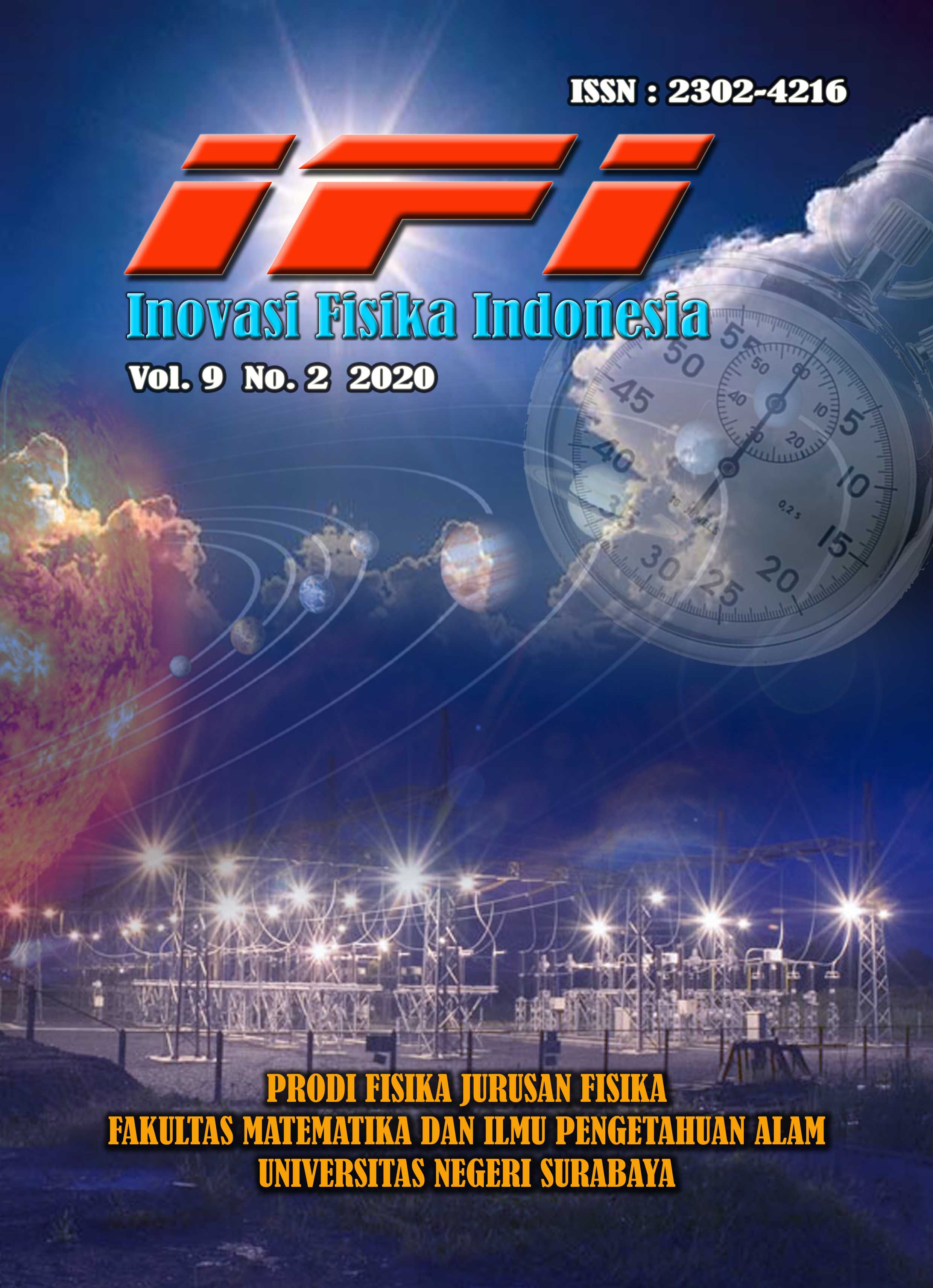PENGARUH PENAMBAHAN KATALIS NIKEL TERHADAP HOMOGENITAS FASA DAN KONDUKTIVITAS LISTRIK KARBON DARI SERABUT KELAPA
DOI:
https://doi.org/10.26740/ifi.v9n2.p119-124Downloads
Download data is not yet available.
Downloads
Published
2020-07-01
How to Cite
MAHMUDAH, F., & HARI KUSUMAWATI, D. (2020). PENGARUH PENAMBAHAN KATALIS NIKEL TERHADAP HOMOGENITAS FASA DAN KONDUKTIVITAS LISTRIK KARBON DARI SERABUT KELAPA. Inovasi Fisika Indonesia, 9(2), 119–124. https://doi.org/10.26740/ifi.v9n2.p119-124
Issue
Section
Articles
 Abstract views: 389
,
Abstract views: 389
, PDF Downloads: 448
PDF Downloads: 448








1.png)
